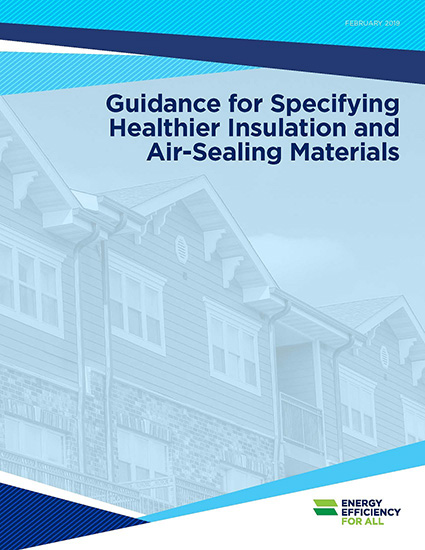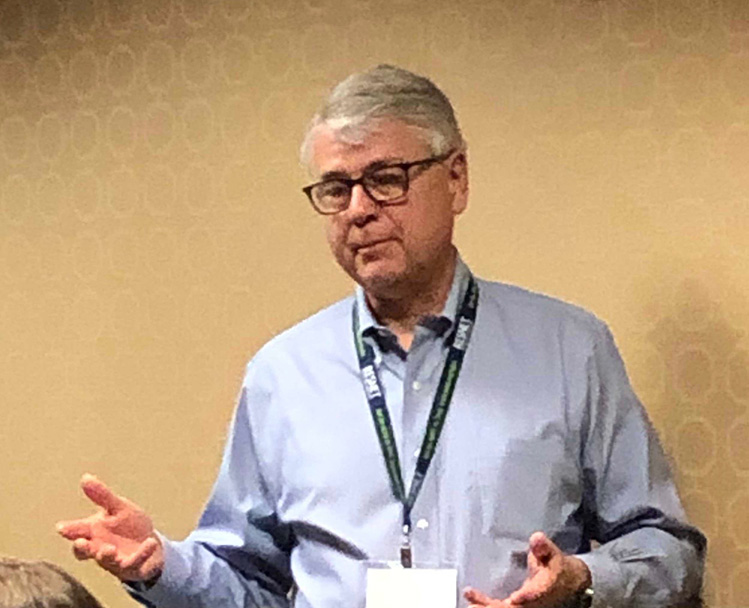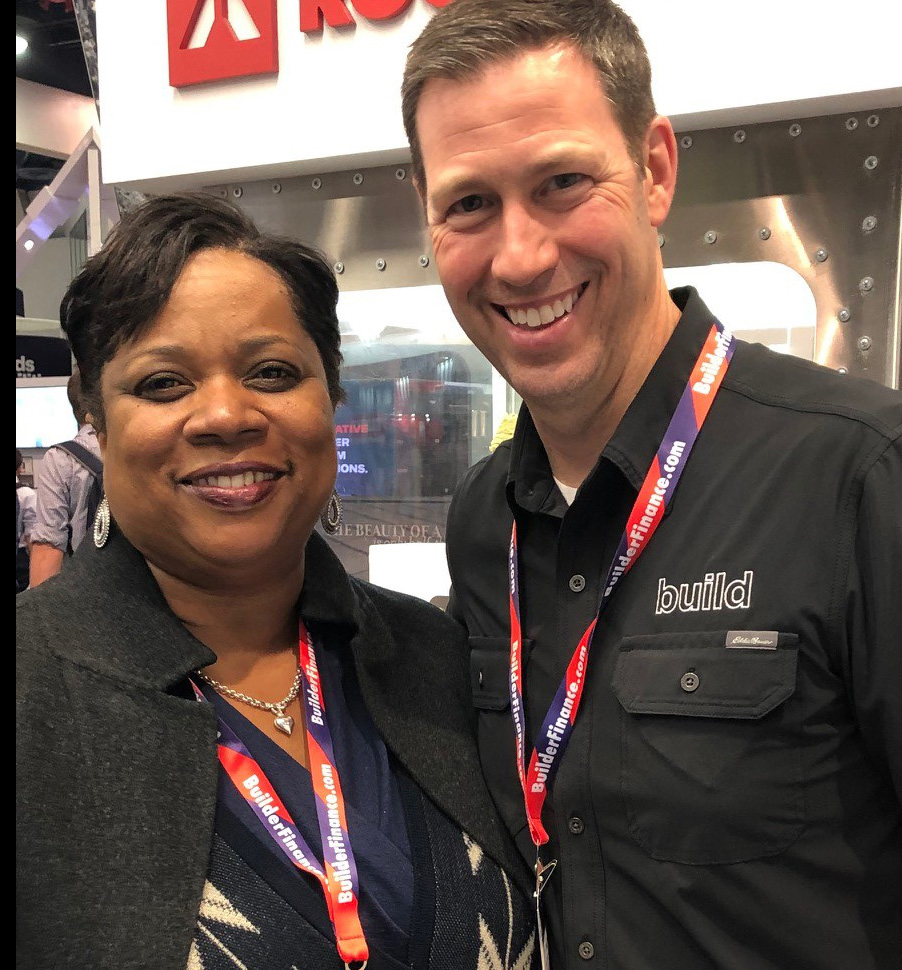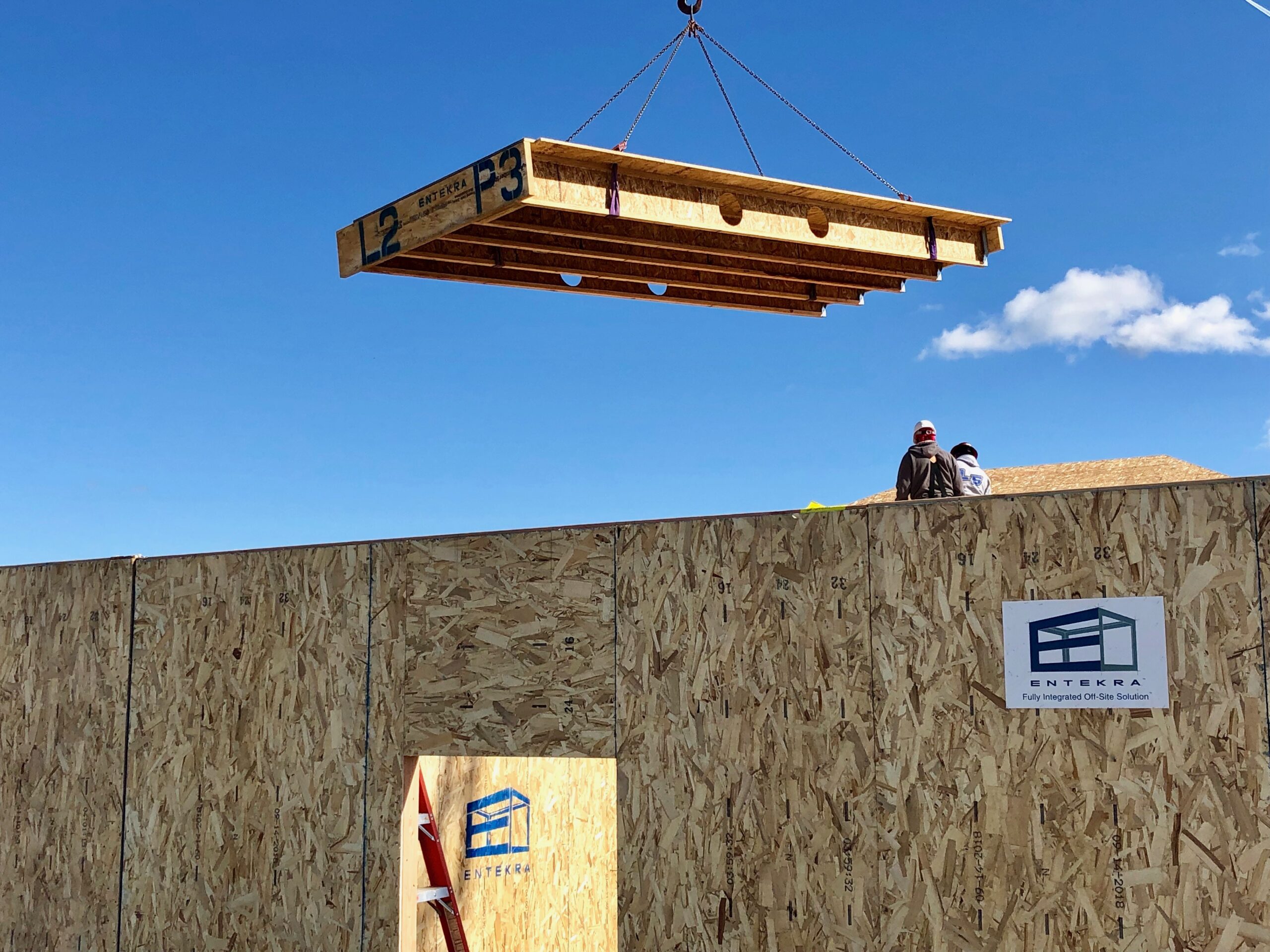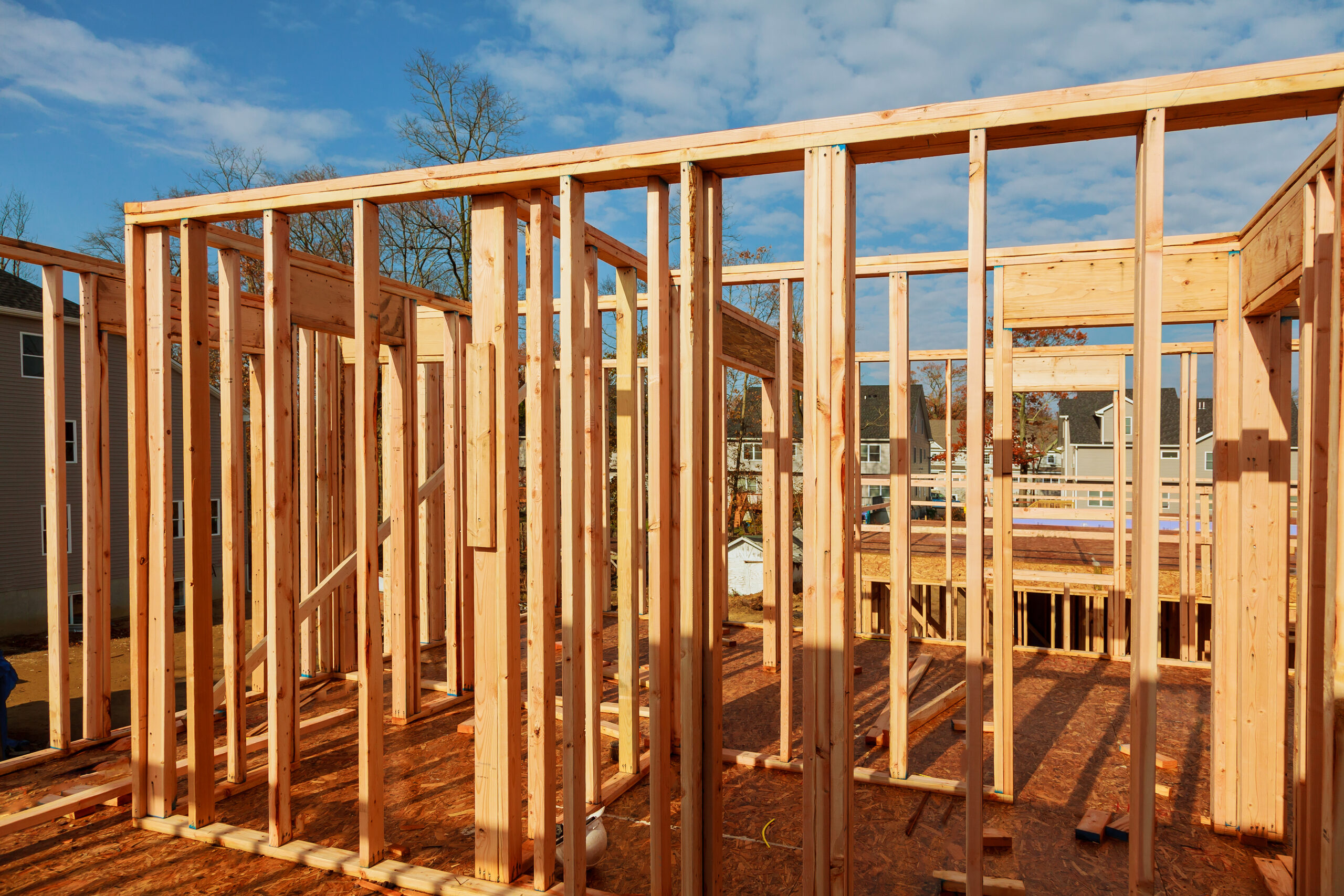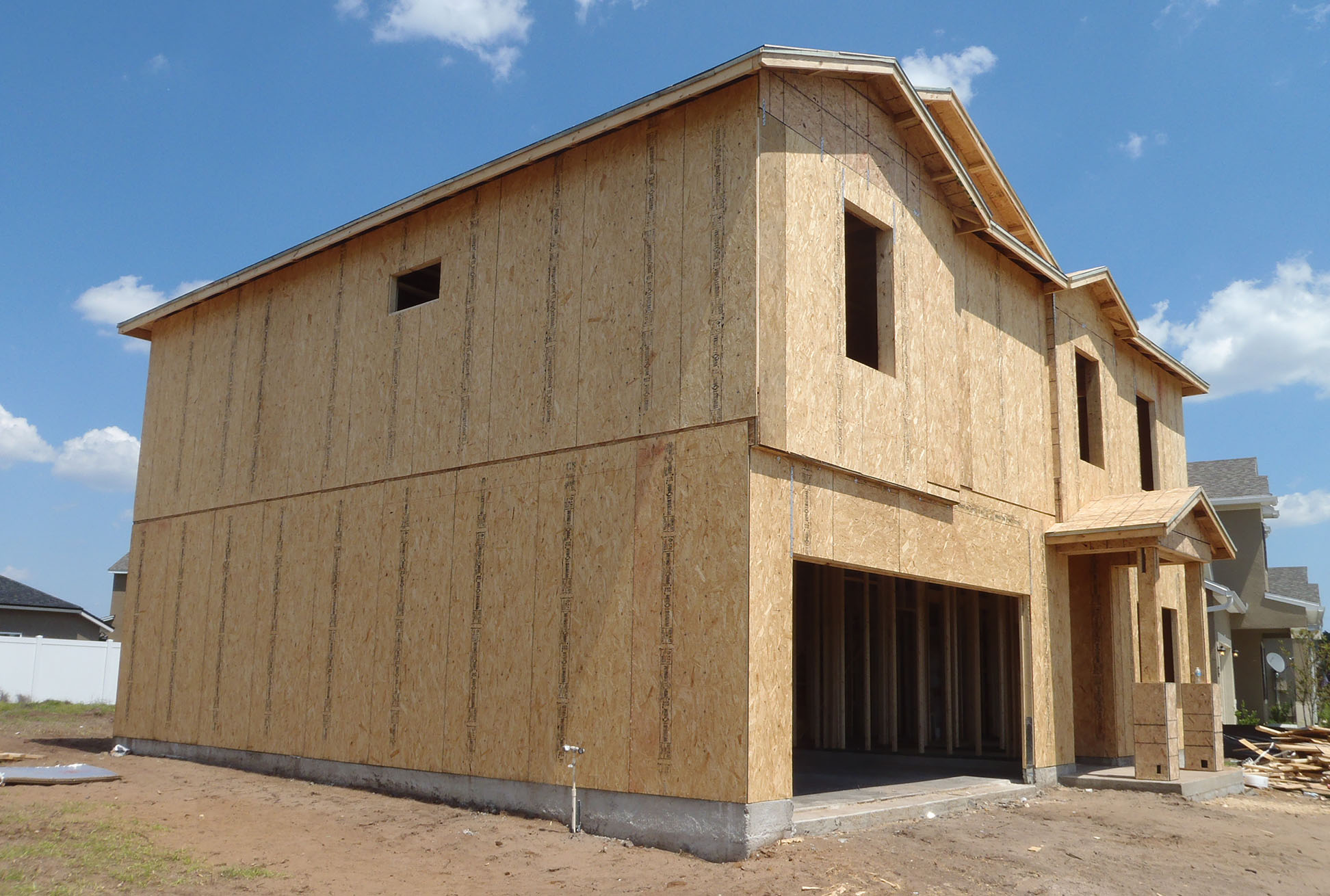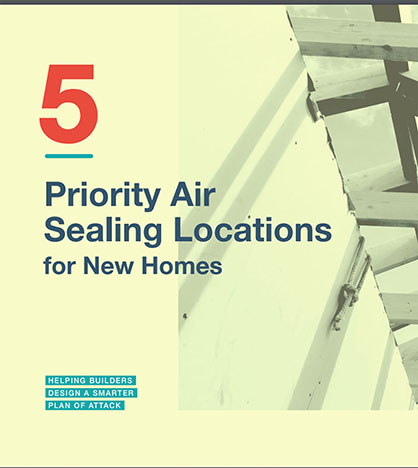Energy Efficiency for All recently released a new report, “Guidance for Specifying Healthier Insulation and Air-Sealing Materials.” The new report is a supplement to a publication produced last fall, “Making Affordable Housing More Energy Efficient: A Guide to Healthier Upgrade Materials,” which ranked insulation materials used in multifamily residential insulation retrofits from least to most hazardous. According to the report, fiberglass insulations are among “the best insulation materials from a health perspective…and we recommend their use whenever possible” in residential multifamily housing stock.
Details »Insulation Institute Blog
Thrive Home Builders is one of the most respected production builders in the country with a multitude of awards and accolades to prove it. The Denver-area company is well-known nationwide for its sustainable, energy-efficient construction, with 100 percent of its homes meeting a minimum of Net Zero Energy Ready status. Thrive commands a 10 to 25 percent price premium for its high-performance new construction homes, so one could assume that every product used in its builds would also come at a price premium. Yet, Thrive CEO and Founder Gene Myers told Insulation Institute that cost-effective blown-in fiberglass insulation is a preferred product in his company’s homes.
Details »We at Insulation Institute spend a good deal of our time talking up the benefits of using fiberglass and mineral wool insulation. As much of the content of our blog is geared toward new residential construction, we value connecting with builders who use these products to achieve high-performance new home construction. So, we were thrilled to catch up with Matt Risinger, a Texas home builder and building science enthusiast (and a rock star) who specializes in high-performance, architect-driven home building during the International Builders Show. We’ve heard Matt speak at the International Builders Show in the past and we know his time is a valuable commodity, so we only asked him one question during our brief chat. His answer didn’t disappoint.
Details »It takes an average of four to six months to build the typical new construction home and in the homebuilding business, time is money. Complicating the issue for most builders is a shortage of skilled tradespeople, including framing carpenters, the constraints of weather-related delays, and countless other risks associated with construction sites. However, evolving building processes like offsite manufacturing can dramatically improve the homebuilding process, resulting in myriad benefits to builders and homeowners. Insulation Institute recently spoke with Gerard “Gerry” McCaughey, Chief Executive and Chairman of Entekra, which offers a fully integrated offsite construction solution. While there are many benefits to the process, we highlight four undeniably appealing ones for builders.
Details »Building professionals across the country acknowledge one of the central challenges facing construction today is recruiting talented tradespeople. Ryan Miller, Founder and Executive Director of North Carolina Building Performance Association (NCBPA), a five-year-old not-for-profit association, is working on a solution: a toolkit of career resources for individuals interested in joining the high-performance building industry as a tradesperson. The resources will help guide students and others interested in the trades on the various career pathways in high-performance residential, commercial, and industrial buildings.
Details »According to Home Innovation Research Labs’ recent Builder Omnibus Survey, air sealing ranks number four among a list of 18 top challenges for builders in meeting current energy efficiency requirements for new homes. Roughly 10 percent of builders reported difficulties meeting new airtightness levels. With contractors playing a significant role in helping builders reach these targets, is it time for home builders to reconsider the best time to air seal a new home? Michael Schettine of Accuframe believes builders must re-think their approach to air sealing to ensure success.
Details »With 27 years’ experience as an insulation contractor in the Dallas/Fort Worth Area, Cardice Howard’s knowledge base about energy-efficient home construction is extensive. She’s seen that builders who work collaboratively with all trades achieve the best results, a better HERS score, and the desired home energy efficiency or air tightness targets. Leveraging her experience as an insulation contractor will be vital as she steps into her role as the Acting Deputy Director of Residential Energy Services Network (RESNET®), where she will work with raters to help builders construct more high-performance, energy-efficient homes.
Details »With 2018 coming to a close, we reviewed the most read blog posts of the year. Air sealing was our most popular topic. With more states adopting stronger energy codes, readers were very interested in how to use high-performance building practices and proper air sealing to achieve new air tightness targets.
Details »Many builders challenged with meeting new, more stringent residential building energy code requirements like the 2012 or 2015 IECC have been having a tough go of it. One HERS rater reported earlier this year that roughly 50 percent of builders in his region of Texas would fail an initial blower door test under the 2012 IECC, which requires a 3ACH50 air change rate.
Details »If technology is a bullet train, home building is a bicycle. Technological changes occur at a dizzying pace, but the main design of the bicycle – like that of a home, has changed very little in centuries. However, while home design principles haven’t changed much, architects and builders have more knowledge than ever before of building science and how it can improve building durability and performance.
Details »
